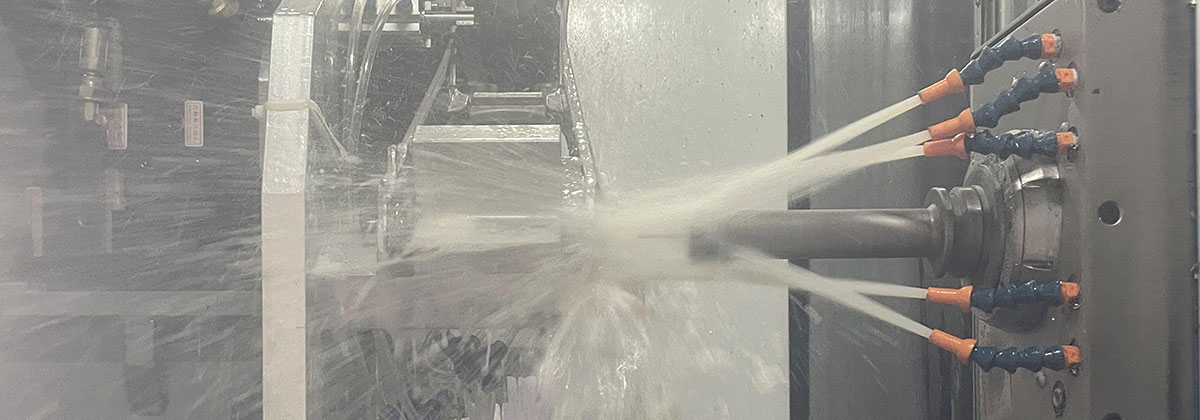CNC machining has revolutionized the manufacturing industry by offering a level of precision, accuracy, and speed that was previously unattainable. CNC (Computer Numerical Control) machines use computer programs to control the movement and operation of machine tools, allowing for the creation of complex parts and components with high levels of consistency.
However, even with the advanced technology of CNC machines, there is still a need for quality control to ensure that the final products meet the required specifications. Quality control is a critical aspect of CNC machining, as it helps to identify and correct any issues that may arise during the manufacturing process.
There are several key steps involved in quality control for CNC machining parts, including:
Design review: Before production begins, the design of the part or component is reviewed to ensure that it can be manufactured within the required tolerances and specifications.
Material selection: The choice of material can have a significant impact on the final product, and the quality control team will ensure that the correct material is selected and that it meets the required standards.
Pre-production inspection: Once the design is finalized and the materials are selected, the manufacturing process begins. Before production starts, a pre-production inspection is conducted to ensure that the machines are set up correctly and that the materials are being used properly.

In-process inspection: During the production process, regular inspections are conducted to ensure that the parts and components are being manufactured to the required specifications. This may involve using specialized tools and equipment to measure the parts and compare them to the design.
Post-production inspection: Once the parts and components are completed, they undergo a final inspection to ensure that they meet the required standards. This may involve using non-destructive testing methods, such as X-rays or ultrasonic testing, to identify any defects.
Quality documentation: Throughout the manufacturing process, detailed records are kept to document each step of the quality control process. This documentation is used to ensure that the final products meet the required standards and can be traced back to their origins if necessary.
By following these steps, manufacturers can ensure that their CNC machining parts meet the required specifications and are of the highest quality. This not only helps to improve customer satisfaction but also reduces the risk of product failures and costly recalls.

In addition to these steps, there are several best practices that manufacturers can follow to further improve the quality of their CNC machining parts:
Regular maintenance: CNC machines require regular maintenance to ensure that they are operating correctly and producing parts to the required standards. Regular maintenance can also help to identify potential issues before they become more serious.
Calibration: Regular calibration of measuring equipment and machines is essential to ensure that the parts being produced are accurate and precise.
Training: Proper training for operators and quality control personnel is essential to ensure that they understand the manufacturing process and can identify any issues that may arise.
Continuous improvement: By continually reviewing the manufacturing process and identifying areas for improvement, manufacturers can further enhance the quality of their CNC machining parts.
In conclusion, quality control is a critical aspect of CNC machining, and it is essential for ensuring that the final products meet the required specifications. By following the steps outlined above and implementing best practices, manufacturers can improve the quality of their CNC machining parts, reduce the risk of product failures, and enhance customer satisfaction.
-

- Coperchio dell'alloggiamento del laptop con componenti di tixomolding in magnesio ad alta precisione A
-

- Alloggiamento del controller per ricambi auto pressofuso in lega di magnesio
-

- Ruota pressofusa in lega di magnesio per ebike
-

- Coperchio dell'alloggiamento del computer portatile C
-

- Alloggiamento batteria Power in lega di magnesio Thixomolding
-

- Parti e componenti Thixomolding scheda centrale del telefono cellulare elaborata

 0086-750-5616188
0086-750-5616188 +86 13392089688
+86 13392089688 sales@zhongmei-tech.com
sales@zhongmei-tech.com







